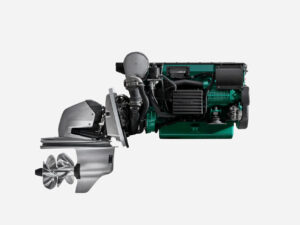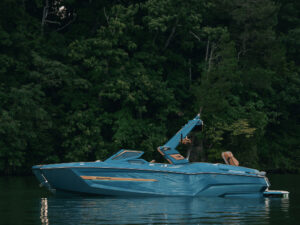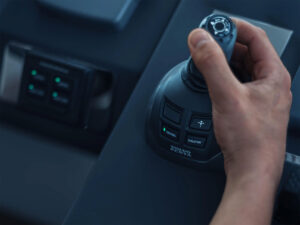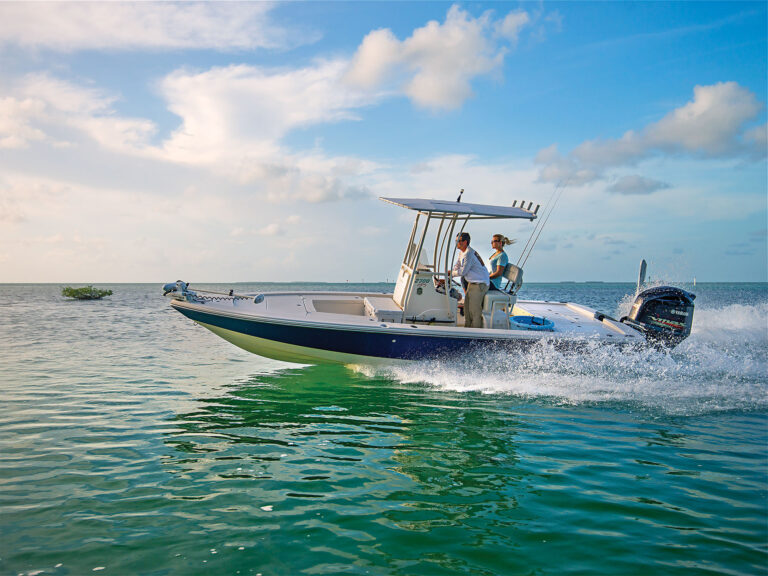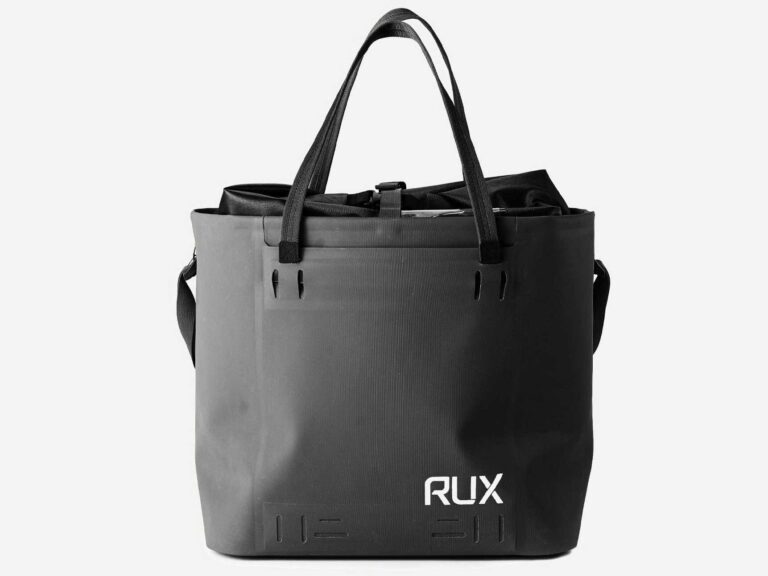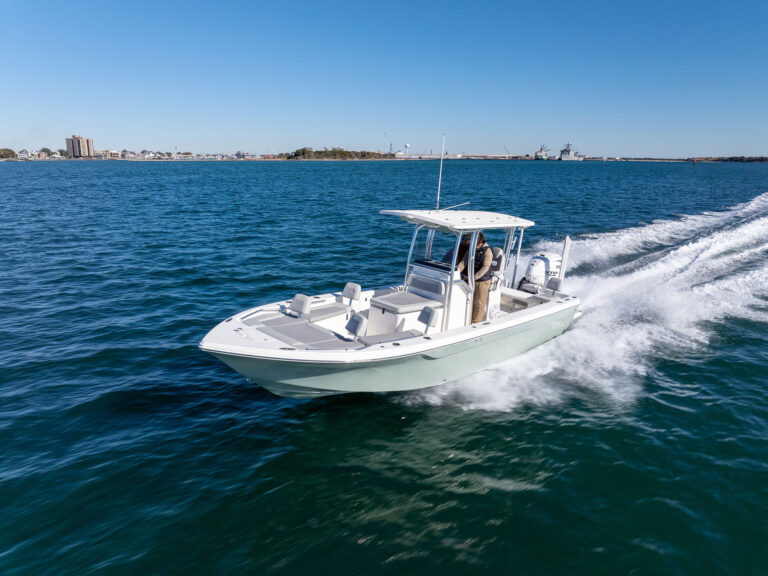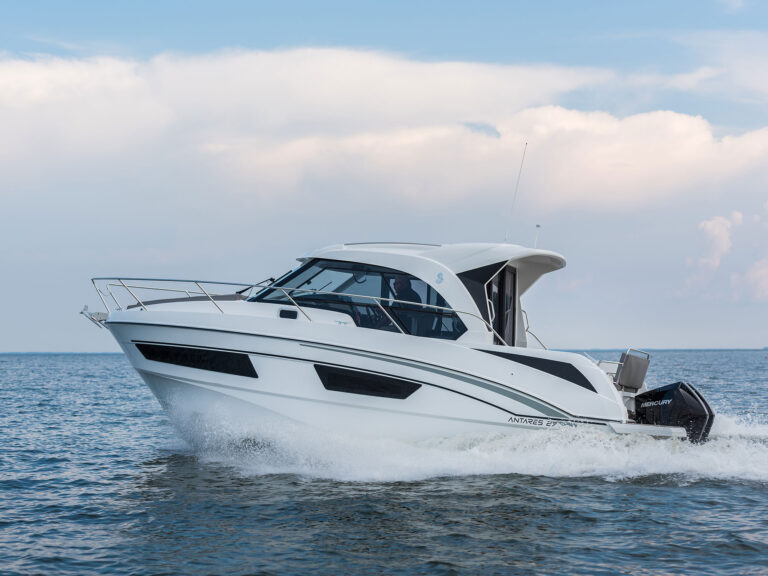Yamaha’s JetBlaster DLX is part of a four-model line that replaces the EX series as Yamaha’s introductory WaveRunner offering, which the company terms “Rec Lite.” The JetBlaster DLX (for Deluxe) features bold colors, radical restyling and a renewed emphasis on fun. The result? A new-school personal watercraft with an often old-school ride.

Credit the new look of the JetBlaster DLX to a dramatic change in construction material. Looking to get angles and curves that weren’t possible with fiberglass SMC presses, Yamaha opted for fiberglass-reinforced polypropylene for the radical new top deck, a choice that also trimmed weight and promises reduced maintenance. Rather than paint, bright colors are molded into the material, resulting in a trendy matte appearance. The three-piece deck offers basic maintenance-access ports for owners, but also allows dealer service and DIY types access to the entire engine via the removable center panel.

For the hull below, Yamaha stuck with its tried-and-true SMC fiberglass construction process. Offering more rigidity where the hull meets the water, we found that SMC gives the JetBlaster DLX sharp, nimble reflexes and a surprisingly soft, predictable ride in rougher water conditions. It also increases the ’Blaster’s playfulness in calmer conditions. Crank the bars and give the throttle an added punch, and you can perform a surf-style slash on wake faces. Unweight the stern and you can spin out into a 180 or 360. The ’Blaster Deluxe is easy to influence with body English, something often missing from today’s larger, heavier craft.

A good chunk of the craft’s performance comes from good old-fashioned power-to-weight ratio. Below the saddle, the Deluxe features a 100 hp variation of Yamaha’s compact TR-1 engine. It’s more than enough to give the 589-pound craft a strong punch out of the hole and 51 mph top speed. Low-speed handling is equally impressive thanks to Yamaha’s RiDE system. RiDE separates forward and reverse into two separate throttles on the right and left sides of the handlebars. Pull the traditional throttle and the craft accelerates forward. Engage the electronic RiDE lever and the craft goes into reverse. Release both and the craft assumes a neutral stance. At speed, the RiDE lever also results in rapid deceleration, slowing the craft to avoid obstacles or set up a rapid change in direction.

High Points
- LCD screen keeps tabs on basics, including speed and fuel load.
- Dual mirrors meet towing requirements on three-passenger models.
- Standards include a fold-up boarding step and Hydro-Turf EVA deck mats on the swim platform.

How We Tested
- Engine: Yamaha TR-1 Marine Engine
- Drive/Impeller: Water jet/144 mm high-pressure pump with stainless-steel impeller
- Gear Ratio: 1.00:1 Fuel Load: 10 gal.
Pricing and Specs
| Price: | $8,999 (with Yamaha TR-1) |
| LOA: | 9’9″ |
| Beam: | 3’9″ |
| Draft (max): | NA |
| Dry Weight: | 589 lb. |
| Seat/Weight Capacity: | 2/NA |
| Fuel Capacity: | 13.2 gal. |
Yamaha Waverunners – Kennesaw, Georgia; yamahawaverunners.com

